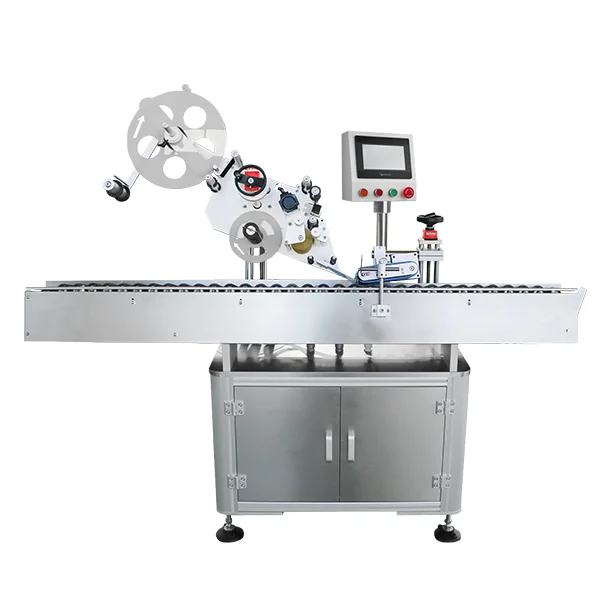In today's digital age, the quality of printed materials can significantly impact both personal and professional endeavors. Whether you are printing vibrant photographs, detailed graphics, or essential documents, achieving optimal color output is crucial. If you've ever wondered, How can I make my printer print better color? you are not alone. This article delves into advanced techniques and best practices to enhance your printer's color performance, ensuring your prints are nothing short of spectacular.
Understanding Color Management
Before diving into practical solutions, it's essential to grasp the fundamentals of color management. Color management involves the process of controlling how colors are represented across different devices, including monitors, printers, and scanners. The goal is to ensure that the colors you see on your screen closely match those on your printed output.
- Color Profiles: Utilize ICC (International Color Consortium) profiles specific to your printer and paper type. These profiles help translate colors accurately between devices. Most printers come with default profiles, but you can often find or create custom profiles tailored to your specific needs.
- Calibration: Regularly calibrate your monitor and printer. Calibration ensures that your monitor displays colors accurately and that your printer reproduces those colors faithfully. Tools like colorimeters can assist in this process, providing precise adjustments to both devices.
Choosing the Right Paper
The type of paper you use can dramatically affect the color output of your prints. Different papers have varying textures, coatings, and absorbencies, all of which influence how ink interacts with the surface.
- Paper Type: For vibrant colors, consider using glossy or satin photo paper, which enhances color saturation and contrast. For more subdued prints, matte paper can provide a softer finish.
- Paper Weight: Heavier paper often yields better results, as it can absorb ink more effectively without warping. Check your printer's specifications to determine the optimal paper weight.
Optimizing Printer Settings
Your printer's settings play a pivotal role in color output. Adjusting these settings can lead to significant improvements in print quality.
- Print Quality Settings: Most printers offer various quality settings, from draft to high quality. For the best color output, select the highest quality setting, which typically uses more ink and takes longer to print.
- Color vs. Grayscale: Ensure that your printer is set to print in color rather than grayscale. This setting can often be overlooked but is crucial for achieving vibrant prints.
- Ink Type: If your printer allows, consider using high-quality, pigment-based inks instead of dye-based inks. Pigment inks tend to produce more vibrant colors and are more resistant to fading over time.
Software Solutions
The software you use to prepare your images for printing can also influence color output. Here are some tips to optimize your workflow:
- Image Editing Software: Utilize professional image editing software like Adobe Photoshop or Lightroom. These programs offer advanced color correction tools, allowing you to adjust saturation, contrast, and brightness before printing.
- Soft Proofing: Use soft proofing features in your editing software to simulate how your image will look when printed. This allows you to make necessary adjustments to ensure the final print matches your expectations.
- File Format: Save your images in a high-quality format, such as TIFF or PNG, to preserve color information. Avoid using JPEG for final prints, as it can introduce compression artifacts that degrade color quality.
Regular Maintenance
Maintaining your printer is essential for consistent color output. Neglecting maintenance can lead to issues such as clogged nozzles and uneven ink distribution.
- Clean Print Heads: Regularly clean your printer's print heads to prevent clogs. Most printers have a built-in cleaning function that can be accessed through the printer's software.
- Check Ink Levels: Keep an eye on your ink levels and replace cartridges as needed. Low ink levels can lead to faded colors and poor print quality.
- Environmental Factors: Ensure your printer is in a controlled environment. Factors such as humidity and temperature can affect ink performance and paper quality.
Conclusion
Achieving better color output from your printer is a multifaceted process that involves understanding color management, selecting the right materials, optimizing settings, utilizing software effectively, and maintaining your equipment. By implementing these expert tips, you can elevate your printing game and ensure that your prints are vibrant, accurate, and professional. Whether for personal projects or business needs, mastering the art of color printing will undoubtedly enhance your overall experience and satisfaction with your printed materials.



